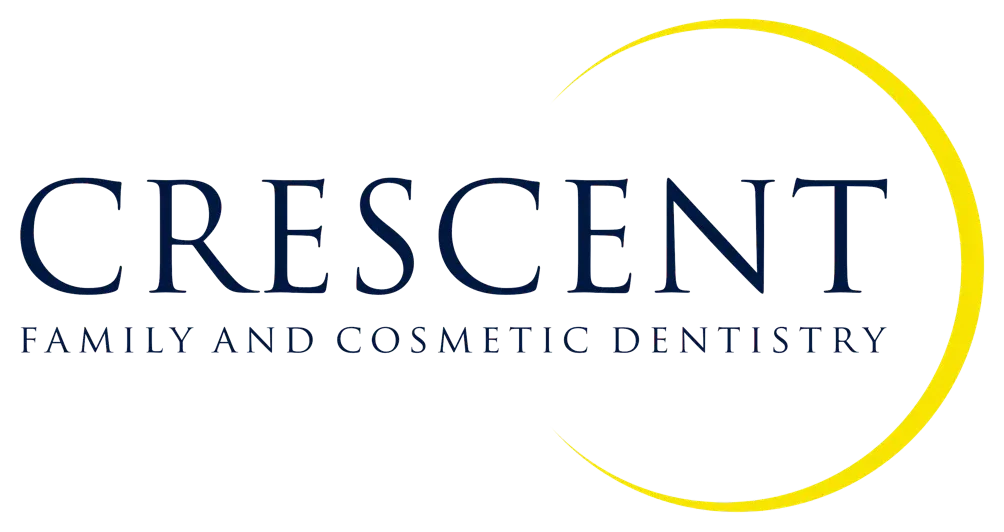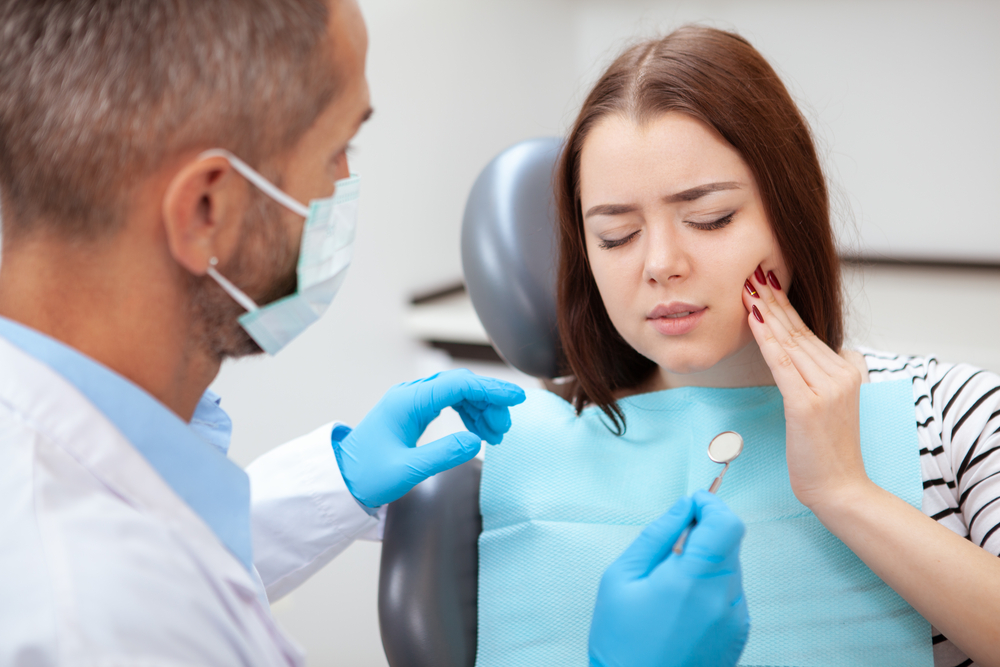Common Types of Dental Emergencies
Dental emergencies can range from minor injuries to more serious situations that require urgent care. Here are some of the most common types of dental emergencies:
1. Toothaches
A toothache is one of the most common dental emergencies, and it can be caused by a variety of factors, including cavities, infections, or gum disease. If you’re experiencing tooth pain, it’s essential to see a dentist promptly to determine the cause and receive appropriate treatment.
Symptoms of a Toothache
- Persistent pain or throbbing in or around a tooth
- Sensitivity to hot, cold, or sweet foods
- Swelling or tenderness in the gums around the affected tooth
What to Do
- Rinse your mouth with warm water to clean it.
- Use dental floss to remove any debris stuck between your teeth.
- Apply a cold compress to the outside of your cheek to reduce swelling and numb the pain.
- Avoid placing aspirin directly on the tooth or gums, as this can cause irritation.
2. Broken or Cracked Teeth
A broken or cracked tooth can occur from an injury, a fall, or even from biting down on something hard. If left untreated, a broken tooth can lead to more serious issues, such as infection or further damage.
Symptoms of a Broken or Cracked Tooth
- A visible crack or chip in the tooth
- Sharp pain when chewing or biting down
- Sensitivity to hot, cold, or pressure
What to Do
- Rinse your mouth with warm water to clean the area.
- Apply a cold compress to the affected area to reduce pain and swelling.
- Save any broken pieces of the tooth, as your dentist may be able to repair them.
- Contact your dentist as soon as possible for an appointment.
3. Knocked-Out Tooth (Avulsed Tooth)
A knocked-out tooth is a serious dental emergency, but quick action can sometimes save the tooth. Whether from an accident or injury, it’s important to act quickly and carefully when dealing with a knocked-out tooth.
What to Do
- Handle the tooth by the crown (the top part), not the root.
- If possible, try to place the tooth back into its socket, holding it in place with a clean cloth or gauze. If this isn’t possible, keep the tooth moist by placing it in a glass of milk or saline solution. You can also use your own saliva to keep it moist.
- Get to the dentist immediately, ideally within 30 minutes to an hour, as this increases the chances of saving the tooth.
4. Lost Filling or Crown
A lost filling or crown can leave the tooth vulnerable to further damage, decay, or infection. If you lose a filling or crown, it’s essential to see a dentist to replace it as soon as possible.
Symptoms of a Lost Filling or Crown
- A gap or hole in the tooth where the filling or crown was
- Pain or sensitivity when chewing or exposed to hot or cold temperatures
- A jagged or rough edge that can irritate the gums
What to Do
- If the crown is intact, try to place it back over the tooth using dental cement or a small amount of toothpaste until you can see your dentist.
- If the filling is lost, avoid chewing on the affected side and try to cover the area with dental wax or sugar-free gum to protect it.
- Contact your dentist as soon as possible for a replacement.
5. Abscessed Tooth (Tooth Infection)
A tooth abscess is a painful infection that occurs at the root of a tooth or in the gums. It’s often caused by untreated cavities or gum disease and can lead to severe pain, swelling, and fever.
Symptoms of a Tooth Abscess
- Severe, throbbing pain in the affected tooth
- Swelling or redness around the tooth or gums
- Sensitivity to hot or cold
- Fever or swollen lymph nodes
What to Do
- Rinse your mouth with warm saltwater to help reduce swelling and clean the area.
- Apply a cold compress to your cheek to alleviate pain and swelling.
- Take over-the-counter pain relievers as directed to reduce pain.
- Contact your dentist immediately for an appointment and possible antibiotic treatment.
6. Loose or Dislodged Tooth
A loose or dislodged tooth can occur due to trauma, injury, or advanced gum disease. If a tooth becomes loose, it’s essential to seek dental care to stabilize the tooth and prevent it from falling out.
Symptoms of a Loose or Dislodged Tooth
- A tooth that feels loose or is visibly out of place
- Pain or sensitivity when chewing or biting down
- Swelling or redness in the surrounding gums
What to Do
- Avoid wiggling or moving the tooth further.
- Try to gently reposition the tooth if possible, but do not force it.
- Apply a cold compress to the affected area to reduce pain and swelling.
- Visit your dentist immediately for assessment and possible treatment.
7. Soft Tissue Injuries (Gums, Cheeks, Tongue)
Soft tissue injuries, such as cuts or tears to the gums, cheeks, or tongue, can be very painful. These injuries can happen from accidents, falls, or dental procedures.
Symptoms of Soft Tissue Injuries
- Bleeding or swelling in the gums, tongue, or inside the mouth
- Pain or discomfort when chewing or talking
- Cuts or tears in the oral tissues
What to Do
- Rinse your mouth with clean water to remove debris.
- Apply gentle pressure with a clean cloth or gauze to stop bleeding.
- Use a cold compress to reduce swelling and numb the area.
- If bleeding persists or the injury is severe, visit your dentist or go to the emergency room.
8. Braces or Retainer Emergencies
If you wear braces or a retainer, you may experience issues such as broken brackets, loose wires, or discomfort caused by the appliance. While not always an emergency, these problems can cause discomfort or affect your treatment.
Symptoms of Braces or Retainer Issues
- A broken or loose bracket or wire
- A retainer that doesn’t fit properly
- Discomfort or pain from the appliance
What to Do
- If a bracket is loose or a wire is poking you, use orthodontic wax to cover the sharp end or reposition the wire.
- If your retainer is broken or doesn’t fit properly, contact your orthodontist or dentist for a replacement.
- If there is significant pain or discomfort, visit your dentist for an evaluation.


